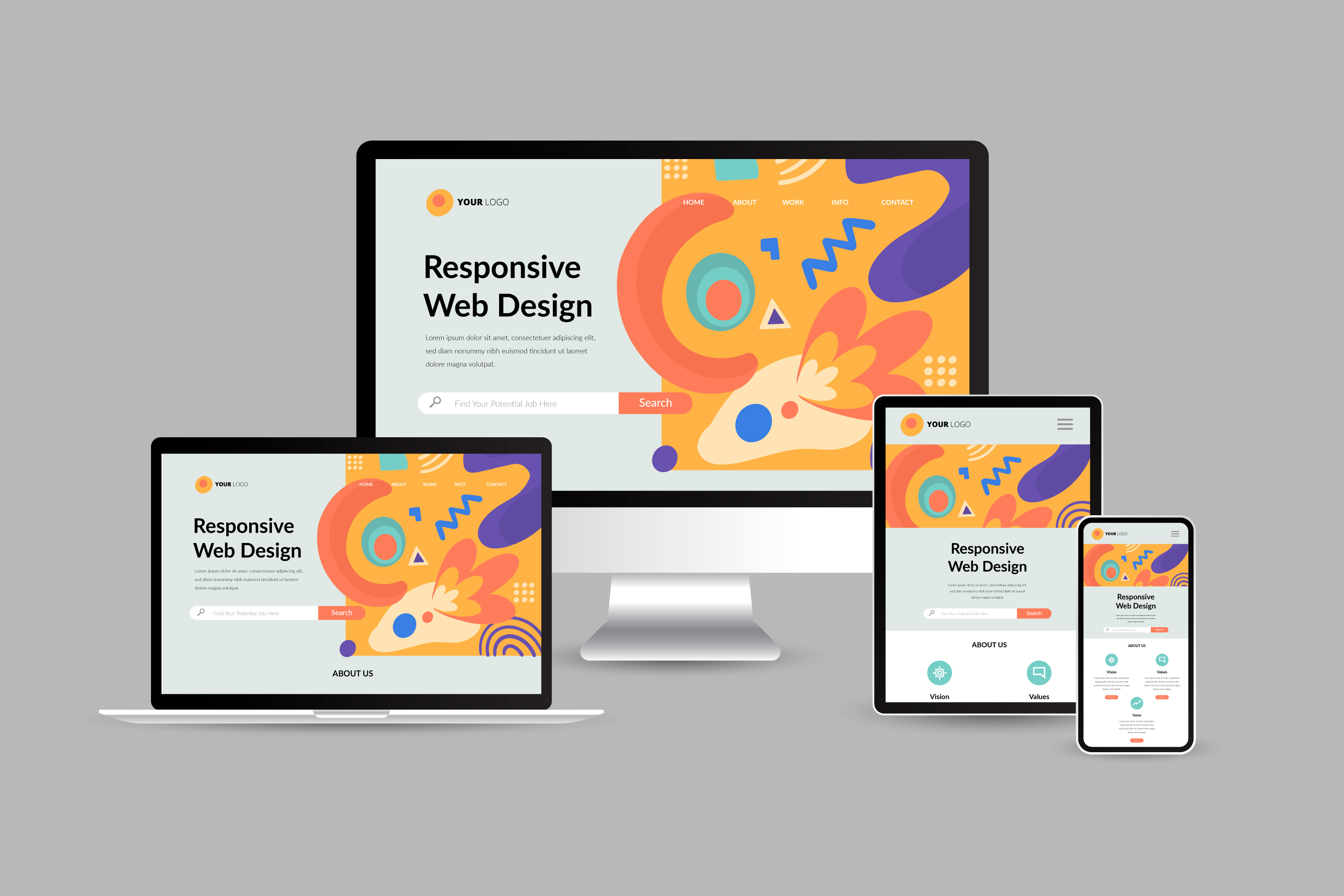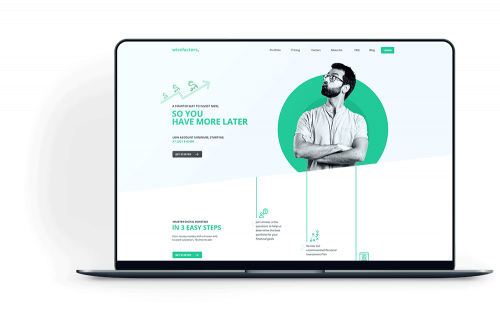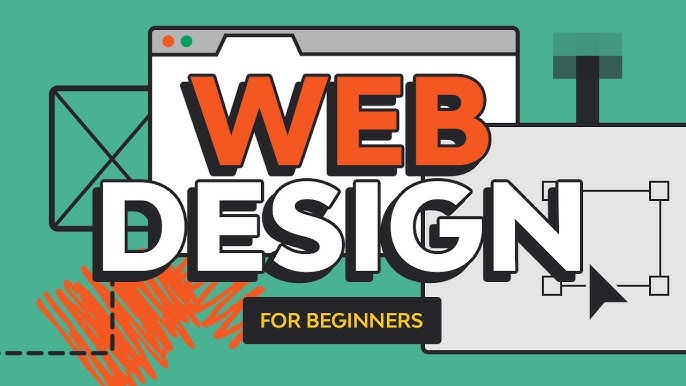Increase Conversion Fees with User-Centric Website Design Techniques
Increase Conversion Fees with User-Centric Website Design Techniques
Blog Article
Maximize User Experience With Ingenious Internet Site Design Solutions
In today's electronic landscape, optimizing user experience with ingenious site design remedies is important for companies looking for to involve their audience successfully. The assimilation of interactive elements can even more elevate the customer journey, prompting a reevaluation of conventional style approaches.
Recognizing User-Centric Design

To carry out user-centric layout properly, it is necessary to perform comprehensive study, consisting of customer meetings, surveys, and functionality screening. These research study techniques give useful information that notifies design choices, guaranteeing that the end product lines up with individual assumptions. Additionally, producing customer identities can help developers understand and visualize with the end-users, assisting the layout procedure toward a lot more relevant remedies.
Moreover, repetitive design is a key element of user-centric approaches. By constantly testing and refining styles based upon individual responses, developers can recognize discomfort points and locations of enhancement, leading to a much more polished last item. Eventually, user-centric design is not merely a phase in the growth process yet a constant commitment to focusing on user demands, causing even more appealing and reliable digital experiences.
Significance of Responsive Layouts
As digital communications significantly take place across a variety of tools, the relevance of receptive designs can not be overstated. A receptive design makes certain that a site adapts flawlessly to different display sizes, from desktop screens to smartphones. This versatility is important in today's multi-device landscape, where users anticipate a appealing and regular experience no matter just how they access web content.
The key benefit of responsive style is boosted user fulfillment. When a web site is maximized for all tools, it decreases the requirement for zooming, scrolling, or straight navigating, which can lead and annoy individuals to higher bounce prices. Additionally, internet search engine like Google focus on mobile-friendly web sites in their ranking formulas, making responsive formats essential for efficient SEO techniques.
Moreover, receptive designs facilitate easier upkeep and updates. As opposed to handling separate versions of a web site for different tools, a single, fluid design can be changed, saving time and resources. This alternative strategy not just enhances effectiveness however also fosters brand comprehensibility across systems. Ultimately, purchasing receptive formats is not simply a trend; it is an essential principle of modern web design that dramatically improves individual experience and interaction.
Enhancing Navigating and Availability
Effective navigation and ease of access are crucial parts of a well-designed web site, dramatically influencing user interaction and satisfaction. An easy to use navigating framework allows visitors to find information promptly and with ease, decreasing stress and boosting the likelihood of repeat check outs. Carrying out clear, detailed tags for navigation links, in addition to a rational hierarchy, can direct individuals seamlessly through the site.
Accessibility is similarly important, making sure that all customers, no matter of their specials needs or abilities, can communicate with the website successfully. This can be attained through making use of appropriate color contrasts, text dimensions, and alt message for images, which together enhance the experience for aesthetically impaired users. Furthermore, integrating keyboard navigation and screen viewers compatibility expands gain access to for customers with diverse demands.
Routine functionality testing can supply beneficial understandings right into navigation performance and ease of access concerns. By gathering feedback from actual customers, developers can determine pain factors and make informed modifications. Ultimately, prioritizing navigation and ease of access not only promotes inclusivity yet also grows a favorable user experience, strengthening the brand's dedication to top quality and user care in a progressively digital landscape.
Utilizing Aesthetic Hierarchy Effectively
Visual hierarchy acts as an assisting structure in web site design, routing customers' focus to one of the most important components on a page. By purposefully arranging aesthetic elements such as spacing, typography, and shade, developers can develop a clear pathway for customers to adhere to. This structure not just boosts customer experience but additionally boosts content comprehension.
One effective method to develop visual pecking order is through using size and scale. Bigger aspects normally bring in more attention, making headlines and crucial visuals prominent. Enhancing this strategy with contrasting colors can further set apart main material from additional details, making certain that vital information sticks out.
In addition, the setup of components plays a crucial role in directing individual interaction. Using a grid layout can produce a natural flow, while whitespace aids to separate material and decrease cognitive lots - Website Design. This intentional spacing allows individuals to process information much more quickly, leading to boosted involvement
Last but not least, making use of constant style patterns aids strengthen aesthetic hierarchy, providing individuals with acquainted signs as they navigate the website. By prioritizing these principles, developers can effectively maximize user experience, making sure that site visitors can easily locate the info they look for.
Incorporating Interactive Aspects
The unification of interactive elements right into internet site style can considerably enhance user engagement and total experience. Interactive features such as sliders, quizzes, and polls not only captivate individuals yet also promote energetic participation, making the browsing experience a lot more unforgettable. By urging customers read the full info here to engage, internet sites can properly keep attention and lower bounce rates.
In addition, incorporating vibrant content like computer animations and float results adds an appealing layer of interactivity. These aspects can lead customers intuitively via the website, highlighting essential information and calls to activity. Computer animated switches can draw attention and enhance click-through prices.
Furthermore, customization via interactive tools such as here are the findings chatbots or referral engines allows web sites to satisfy specific preferences, cultivating a feeling of link. This customized method not only enhances individual satisfaction yet also motivates repeat check outs.
Integrating analytics tools to track interactions offers useful insights right into individual actions, making it possible for continual enhancement of the interactive aspects. Ultimately, a well-designed interactive experience changes a passive browsing session into an engaging trip, causing raised user complete satisfaction and commitment. As a result, integrating interactive aspects is essential for optimizing customer experience in contemporary website layout.
Final Thought

In today's electronic landscape, optimizing individual experience via innovative website layout options is crucial for organizations seeking to involve their target market properly. Eventually, focusing on navigation and informative post access not only promotes inclusivity but also grows a favorable user experience, strengthening the brand name's commitment to quality and user treatment in a progressively digital landscape.

In conclusion, making best use of individual experience through cutting-edge internet site style remedies requires a dedication to user-centric concepts. Website Design.
Report this page